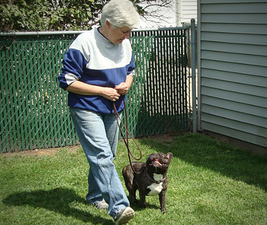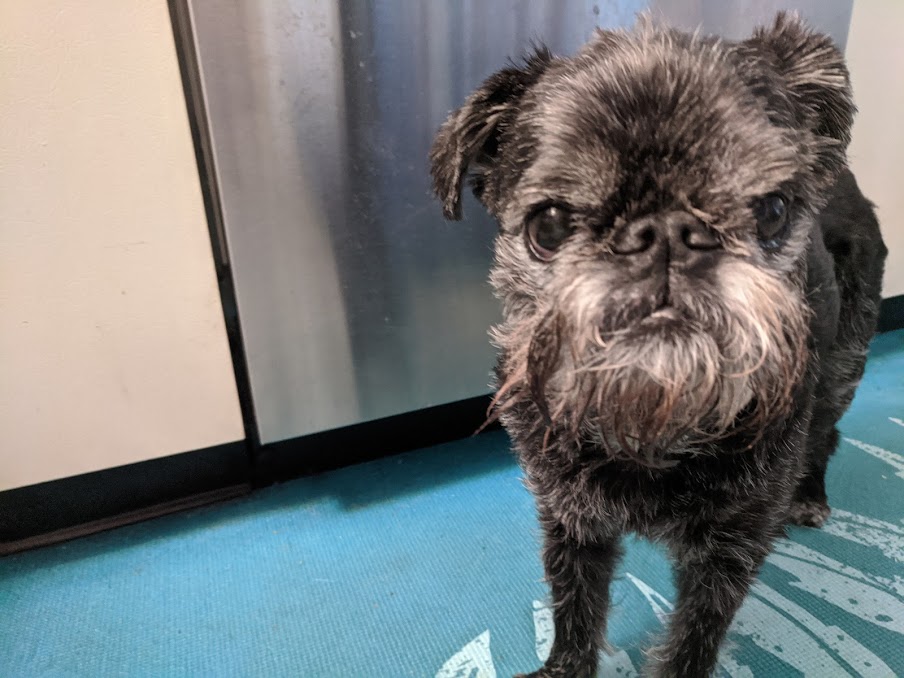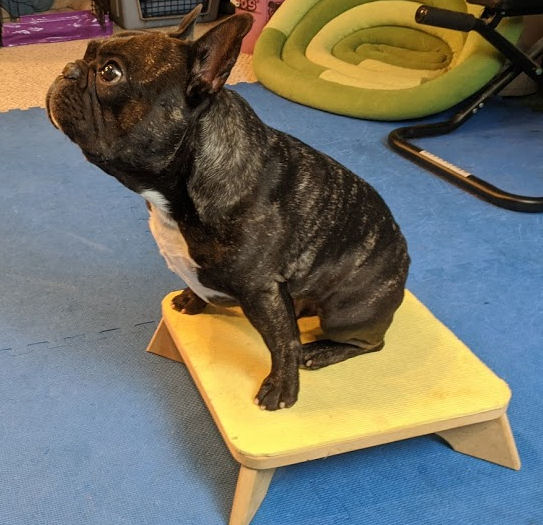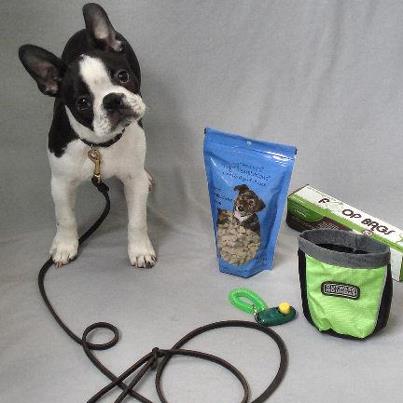Dog manners are like classic books. Everyone wants to have read them, but nobody wants to actually read them. Every dog needs to know household manners, but teaching them can be tedious. How many times can you say “Leave it!” or “Off!”
We get it. Teaching your dog to “gimme paw,” “roll over,” or “spin” is fun. It’s not only light-hearted, it’s usually pretty quick. Whereas teaching your dog not to jump on visitors takes time and effort. You’re also starting at a disadvantage – “taking away” something is harder than “adding on.”
Change your mindset
But it’s all a matter of perception. You know “manners” aren’t as much fun as “tricks.” But that’s an entirely human construct. We naturally are more resistant to things we “have” to do, as opposed to the things we “want” to do. Nobody likes to do their chores!
Your dog doesn’t know the difference. Your dog only knows that you’re paying attention to her. And she likes it! That, however, can change. If your tone and body language change when you approach the “Not Fun” training sessions, your dog will pick up on it and reflect your mood. If you don’t like it, your dog won’t either.
Don’t lie to your dog
You don’t have to pretend you love the Get it! / Leave it! dog training game. You should, however, approach it with the same enthusiasm you show toward the fun stuff. It’s not the game that matters. It’s carving out the time to focus on your partnership with your dog. Every single 2-Minute session adds to the relationship.
And when your dog shows that he understands “Leave it!” as thoroughly as “High Five!,” celebrate with the same reaction. Have a little party with treats, toys, and tugging! The things that are hard, like dog manners, should be celebrated even harder when they’re conquered. It’s easy to overlook good behavior because it’s what we expect. But your dog will be “good” more if it looks, sounds, and feels better than being “naughty.”
Everybody does it
As competitors in dogs performance sports, there are all kinds of precise positions/behaviors that we practice with our dogs. The vast majority of obedience performance scores are all about “Heeling,” so we do it a lot.

How do you make a game of walking around with your dog? Especially when he’s supposed to be watching you the whole time, exactly aligned with you?
Easily! You start by meeting your dog’s eyes and smiling. This is the best dog in the whole wide world and he’s yours! Then you ask your dog “Do you wanna play with me?” And the tail-wag or wiggling butt lets you know that your dog is ready for any game. Even boring old “heeling.”
Not a marathon
The next step is setting up in absolutely perfect heel position, and telling your dog how wonderful that is. You set off, (leading with your left foot!) telling your dog “Heel!” as you’re about to take your first step. He responds matching you perfectly, tail wagging happily. And after three perfect steps, you break off and celebrate. “Yay, dog!” Here’s a treat! Or a tummy rub. Or a quick fetch your toy!
Three perfect, happy steps are a great foundation. We don’t have to heel a mile. Not even a block. We’d rather do a few steps perfectly than lose the enthusiasm for the game. It also keeps it fresh for us. Perfect heeling is, in all honesty, a pleasure to watch. And a pain in the butt to achieve. It’s also one of the dog classics.



